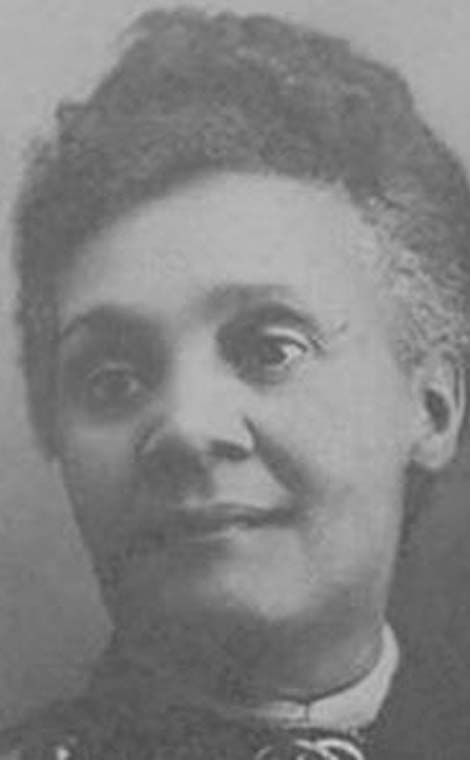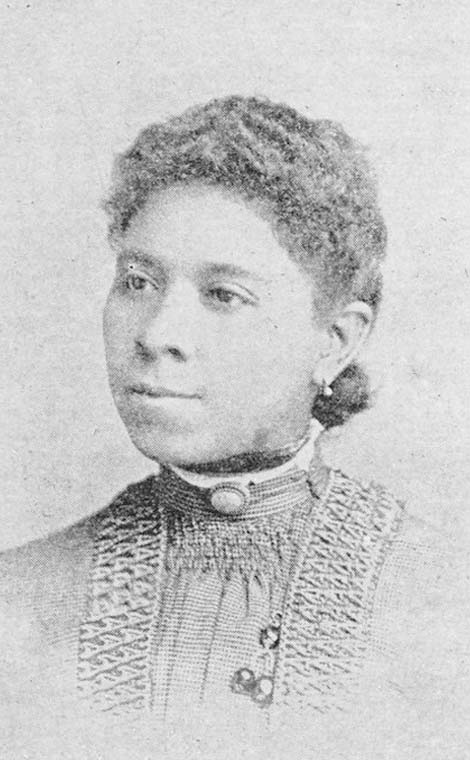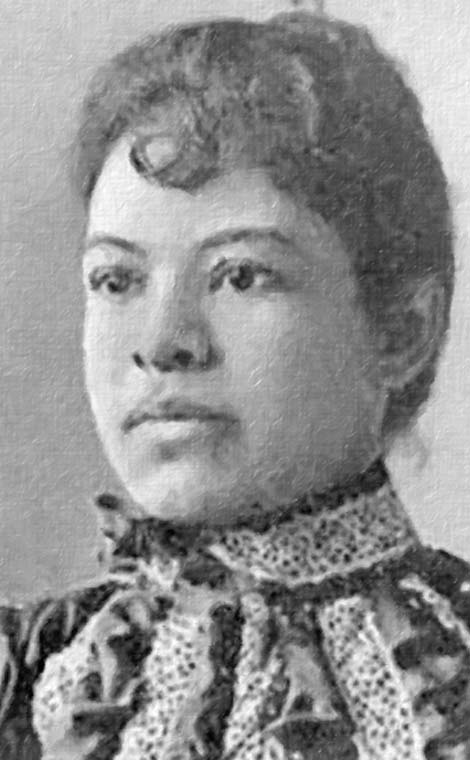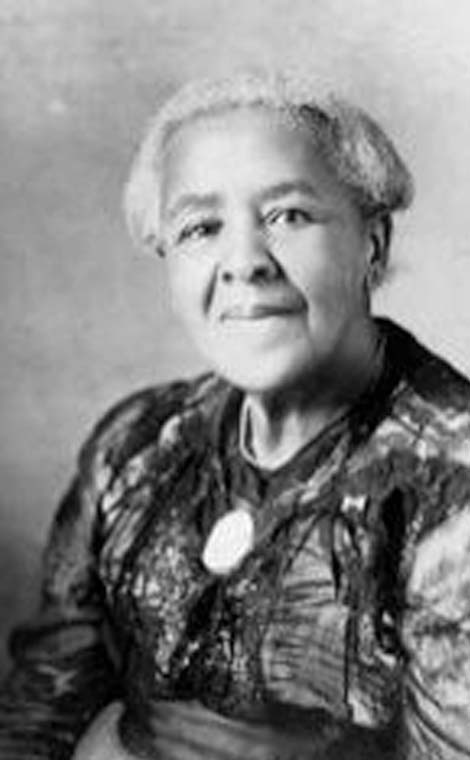Jim Crow Museum
1010 Campus Drive
Big Rapids, MI 49307
[email protected]
(231) 591-5873
Q: Do you have any historical Black Michigan women we can learn about for Women's
History Month?
~Patricia J.
Grand Rapids, Mi
A: Many notable Black women contributed to the history of the state of Michigan. Some were born and raised in the state and others move to Michigan seeking educational and career opportunities. This March we will honor their legacy, lives, and accomplishments. Many of these women were peers, collaborative organizers, and members of the Michigan Association of Colored Women (MACW), a branch of the National Association of Colored Women (NACW [established in 1896]). A second federation, the Detroit Association of Colored Women (DACW) was established in 1921 and was a concerted effort of eight African American women’s clubs. The association engaged in charitable work, created scholarships for Black youth, and supported educational and spiritual opportunities for its members.

Fannie M. Richards was an educator and advocate for desegregated schools. She was the first Black teacher in Detroit and opened a private elementary school for African American children in 1863. Richards held this position for five years before transferring to the Colored School No. 2. Due in part to her advocacy work, the Michigan Supreme Court abolished segregated schools in 1869. Richards began teaching at the newly integrated Everett Elementary School in Detroit; a position she held for four decades. She established the first kindergarten class at Everett Elementary after studying the concept with Friedrich Fröbel in Germany. Her activism continued throughout her life. She founded the Phyllis Wheatley Home for Aged Colored Ladies for low-income, elderly women and became its first president in 1898. Richards was also a founding member of the Michigan State Association of Colored Women.

Mary E. McCoy was born in an Underground Railroad station in Indiana. Her family moved to the Detroit area in the 1880s where she later carried out her mission to improve the health, education, and economic development of African Americans as a philanthropist andprominent organizer. She was referred to as the “Mother of Clubs” and helped to establish the Michigan State Association of Colored Women, a chapter of the National Association of Colored Women. McCoy was the vice president of the Lydian Association of Detroit, which paid sick benefits, provided burial funds, and supported charitable endeavors in the community. She was the founding president of the Sojourner Truth Memorial Association of Michigan which created scholarships for children of enslaved people to attend the University of Michigan. She helped to establish the Phyllis Wheatley Home for Aged Colored Women in Detroit and served as its vice president. She was also a member of the Twentieth Century Club of Detroit, the National Association for the Advancement of Colored People, and the Willing Workers.

Lucy Simpson Thurman was a women’s rights activist and social reformer. She was born and educated in Canada, then moved to the United States in 1866 to accept a teaching position in Maryland. In her youth, she met prominent Black leaders such as Frederick Douglass and William Wells Brown. Later in life, she moved to Jackson, Michigan, and committed her life to public service as an activist and lecturer. She was a devoted member of the African Methodist Episcopal Church (AME) and Woman’s Christian Temperance Union (WCTU). Thurman was a founding member of the National Association of Colored Women and served as its third president from 1906 to 1908. She was also one of the founding members of the Michigan State Association of Colored Women. For over 35 years, she dedicated her life to social activism.

Frankie E. Harris Wassom was from Monroe, Michigan, and worked as a poet, writer, artist, and educator. Her family moved to Oberlin, Ohio, where her father, assisted with the Underground Railroad. She was a graduate from Oberlin College, class of 1870, and moved to Virginia after graduation to become a teacher. She later held the position of the school principal in Knoxville, Tennessee, and married Colonel George T. Wassom in 1874. She taught for 54 years, including two faculty positions at historically Black colleges. She also served as a staff writer for the Goldsboro Star in North Carolina, published a book of her poetry and exhibited original artworks in 1886, and served as an officer of the Colored Teachers Council of Wayne County.

Dr. Ida Gray Nelson Rollins was born in Tennessee and moved to Cincinnati, Ohio to live with her aunt after her mother died. During secondary school, Rollins worked in the dental office of Jonathan Taft, who became the first dean of the Dental College at the University of Michigan. Taft supported enrolling women in the dental program and encouraged Gray to apply. She graduated in 1890 and was the first Black woman to earn a Doctorate of Dental Surgery. She also became the first African American female dentist in the United States. Gray opened a private dental practice in Cincinnati and in 1895 married Sanford Nelson (she remarried after he died). The couple moved to Chicago where she became the first African American dentist to practice in the city. She also served as the vice president of the Professional Women’s Club of Chicago and was a member of the Phyllis Wheatley Club, a group that supported the only women’s shelter for Black women in Chicago.

Frances E. Preston was a musician, performer, and educator. Born in Virginia, her family moved to Detroit in 1855. Unable to obtain an education as a youth, a widowed Preston entered The Detroit Training School in Elocution and English Literature in 1880, at the age of 33-years old. A year after graduation, she became a teacher at her alma mater. She held this position until 1888 when she moved to Georgia with her daughter to establish an all-girls Baptist school. Preston gave public lectures and spoke at the Ferris Institute in Big Rapids in 1902. She was also a member of the National Women’s Temperance Union (established in 1873) and the Michigan State Association of Colored Women.

Blanche V. H. Brooks was from Monroe, Michigan, and worked as a nurse, educator, and writer throughout her life. Leaving Michigan to seek better educational opportunities, Brooks graduated from Oberlin College in 1860. After completing her degree, she moved further South to work as both a nurse and a teacher. She taught in the Knoxville school system for seventeen years. A strong advocate for temperance, she later served as the president of the Woman’s Christian Temperance Union.
Jennifer Hasso
Education Coordinator
Jim Crow Museum
2022
Sources:
Butchart, Ronald. (2010). Schooling the Freed People: Teaching, Learning, and the Struggle for Black Freedom, 1861-1876. University of North Carolina Press.
Center for Women’s Health. Women Who Inspire Us: Ida Gray Nelson Rollins https://www.ohsu.edu/womens-health/women-who-inspire-us-ida-gray-nelson-rollins
Hall of Fame Timeline: Fannie M. Richards. Michigan Women Forward. https://miwf.org/timeline/fannie-m-richards/
Hall of Fame Timeline: Mary E. McCoy. Michigan Women Forward.
https://miwf.org/timeline/mary-e-mccoy/
Hartgrove, W. B. (1916). The Story of Maria Louise Moore and Fannie M. Richards. The Journal of Negro History. 1 (1): 23–33.
Johnson, Kathy King. (2021). History of the Opera House Part 34: Lucy Simpson Thurman: Social Reformer. Cheboygan Daily Tribune. https://www.cheboygannews.com/story/opinion/2021/03/04/opera-house-part-34-lucy-simpson-thurman-social-reformer/6919290002/
Lee, Maureen Elgersman. (2016). Biographical Sketch of Lucy Thurman, 1849-1918. https://search.alexanderstreet.com/view/work/bibliographic_entity%7Cbibliographic_details%7C3567719/biographical-sketch-lucy-thurman-1849-1918
Majors, Monroe A. (1893). Noted Negro Women: Their Triumphs and Activities. M.V. Lynk Publishing house. https://babel.hathitrust.org/cgi/pt?id=mdp.39015020650522&view=1up&seq=38&skin=2021
National Park Service. Detroit Association of Colored Women’s Clubs. https://www.nps.gov/places/detroit-association-of-colored-women-s-clubs.htm
Perspectives of Change. Ida Gray Nelson Rollins, DDS (First Black Woman to Graduate with a Doctorate of Dental Surgery in the USA). https://perspectivesofchange.hms.harvard.edu/node/122
Reid, John B. (2020). A Career to Build, a People to Serve, a Purpose to Accomplish: Race, Class, Gender, and Detroit’s First Black Women Teachers, 1865-1916. Michigan Historical Review, vol. 18, no.1, 1992, pp.1-27.
Rose, E. (2020. Heroines of History.
https://heroines-of-history.com/2020/07/02/fannie-m-price-detroits-first-black-school-teacher/